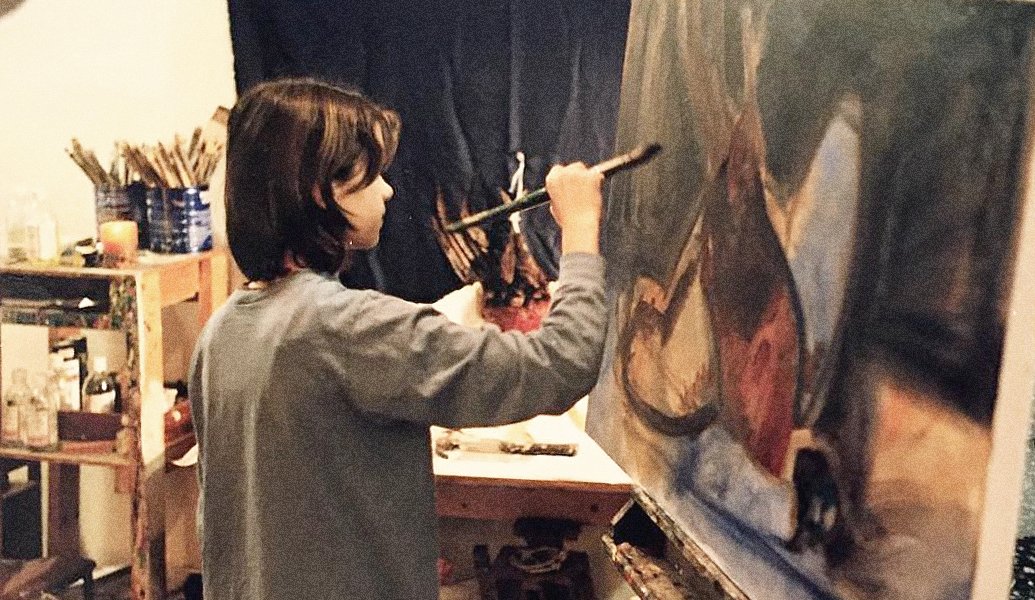Project Title
Type of Design
This is a placeholder paragraph used to demonstrate layout, spacing, and typographic rhythm in a design or written piece. It does not carry specific meaning, but it serves an important role in helping visualize how actual content will flow and appear on the page. Designers, editors, and writers often rely on placeholder text during the early stages of a project to test elements such as structure, hierarchy, balance, and readability. This type of temporary content allows for adjustments to font choices, paragraph spacing, and alignment before the final material is ready. By mimicking the natural cadence of real language, placeholder text offers a useful tool for evaluating how the eye moves across the layout. Once the design is approved, replace this with actual copy.
-
This placeholder text is designed to fill space across three paragraphs, offering a realistic simulation of tone, rhythm, and narrative flow. While it contains no meaningful content, it mirrors the structure and pacing you might expect from a developed essay, article, or reflective writing piece. The first paragraph eases the reader in with general observations and context-setting, building a foundation for the ideas to follow. It helps to visualize how introductory sections will balance tone and pacing with formatting considerations like line spacing, margins, and paragraph breaks. Whether you're working with a printed spread, a web page, or an academic document, this placeholder will give you a sense of how text density and structure interact with other elements on the page. It also allows for adjustments based on user experience, readability, and typographic decisions.
In this second paragraph, the body of the narrative takes shape, following the natural rhythm of a more developed argument or exploration. Sentences are varied in length to echo the cadence of authentic writing, allowing for emphasis and pause where appropriate. This section demonstrates how ideas might unfold in a real piece of writing, including supporting statements, transitions, and internal logic. Designers often use this middle portion to check for line length and paragraph weight, ensuring that the layout doesn't feel visually or mentally exhausting. This section also helps identify how pull quotes, inline imagery, or footnotes might break the flow or complement it. Placeholders like this are also helpful for assessing reading comfort and accessibility across platforms.
Finally, the third paragraph mimics the conclusion or reflective closure of a piece. It gives a sense of how the narrative might resolve or gesture toward broader themes, offering closure without abruptness. Structurally, it’s helpful to see how a final paragraph sits at the bottom of a column or across gridlines, especially in responsive designs or multipage layouts. The visual pacing of text is just as important as the content itself, guiding the reader through the experience. Whether you're working on editorial content, research-based material, or creative storytelling, this type of placeholder lets you test how the full arc of the narrative might be shaped by visual decisions. Once your actual text is ready, you can simply replace this with your intended content—now with a clearer sense of how it will feel, read, and flow.
Recognition:
Year Award Received Name IssuerInstructor: Name Goes Here
Tyler School of Art and Architecture, Temple University
